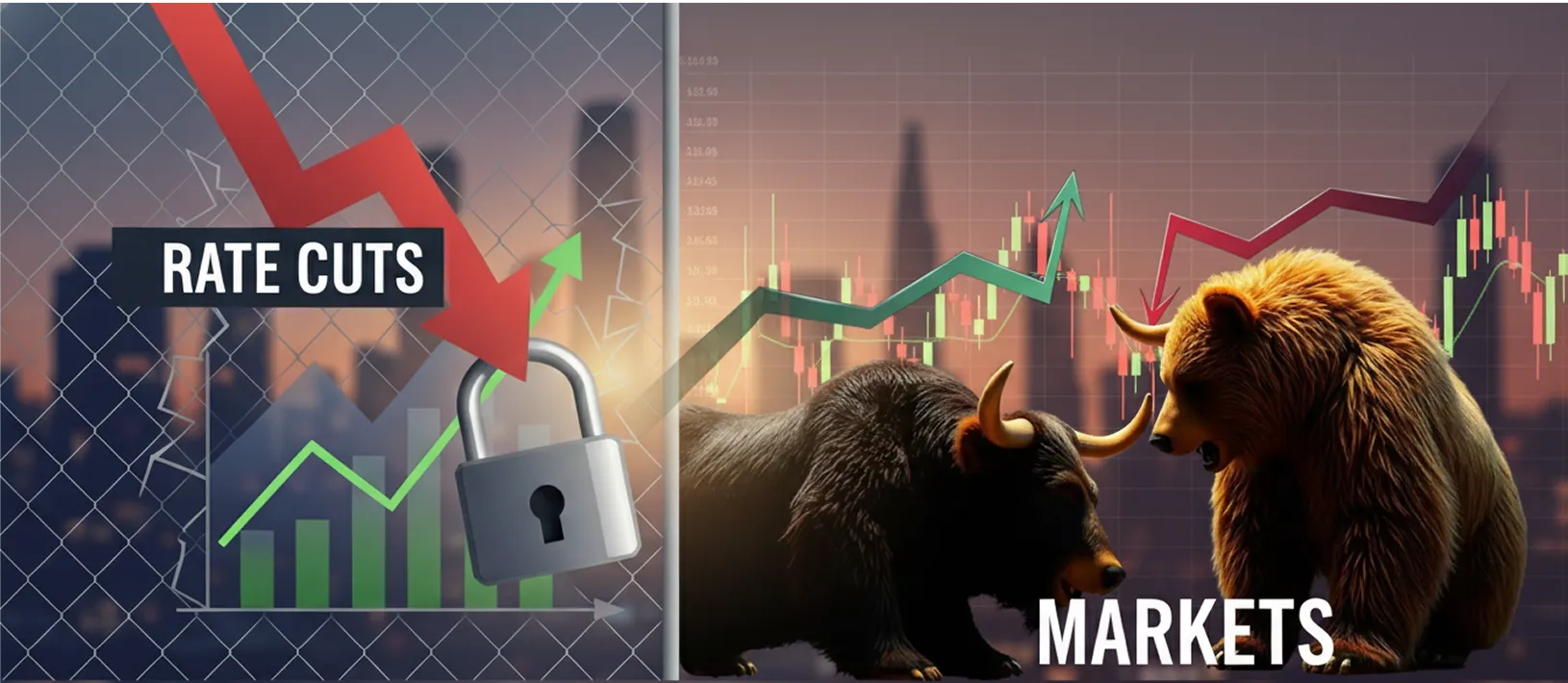When people hear "debt investment," most think:
“Safe, slow, and stable.”
But that’s only the surface. Dig a little deeper and debt starts to look like a quiet river - calm outside, strong currents beneath.
If you think you can just park money and forget it, you’re missing half the story.
What is Debt really?
Debt investing is essentially lending your money to a government, a corporation, or a bank.
They pay you interest, and promise to return the principal at maturity. Seems simple?
Not quite.
Because how much you earn, how safe your money is, and how soon you can get it back depends on:
- Who you lend to (SBI vs a small NBFC)
- For how long (1 year or 10 years?)
- At what rate (Fixed or floating?)
- In what environment (Stable economy or volatile cycles?)
And most importantly:
What happens in the market after you invest.
What Can Go Wrong? More Than You Think
Many people only look at the interest rate when evaluating a debt instrument. But in reality, the real story lies in the risk’s underneath.
1. Reinvestment Risk: The Silent Income Killer
Let’s say you earn 7% on a 1-year bond.
When it matures, rates have fallen and your next best option gives just 5.5%.
It’s like renewing your broadband plan and suddenly getting slower speed at a higher price.
Tip: In a falling rate cycle, lock into longer-term instruments to protect your yield.
2. Liquidity Risk: Want Out? Not So Fast
Just because your bond has value doesn’t mean you can sell it easily. Many corporate bonds, especially mid-tier ones, suffer from low secondary market demand.
Think of it like owning a luxury watch, valuable, but hard to liquidate during an emergency.
Tip: Stick to marketable debt like G-Secs, AAA PSU bonds, or mutual funds with good liquidity management.
3. Credit Risk: When ‘Safe’ Isn’t Really Safe
Even companies with high credit ratings can default. We’ve seen IL&FS, DHFL, and others crumble despite investment-grade ratings.
According to Moody’s:
- About 4.8% of BBB-rated issuers get downgraded below investment grade within a year.
- But here’s the flip side, around 4.1% get upgraded.
So yes, BBB carries risk, but also opportunity. If you identify improving credit early, you benefit from both high interest and capital appreciation when the bond is re-rated.
Tip: Look beyond the rating. Evaluate the company’s industry, cash flows, management, and financial discipline.
But It's Not Just About Rates
Many think RBI rate cuts or hikes are the only drivers of bond prices.
That’s far from true.
Yields respond to multiple macro factors, including:
- Monetary policy stance (hawkish/dovish tones, even if rates remain unchanged)
- System liquidity (more liquidity = more demand for bonds = bond prices rise)
- Inflation expectations (higher inflation = higher yields = lower prices)
- Fiscal position and borrowing levels (more government borrowing = oversupply = falling prices)
- Global cues (US Fed decisions, oil prices, geopolitical risks)
A rate cut might not lead to gains if liquidity is tight, or if inflation fears are rising.
Tip: Track the full macro picture, not just the RBI’s headline number.
So… Should You Stay, Exit, or Enter?
There’s no one size fits all answer.
Whether you continue holding, exit, or deploy fresh money into debt, it depends on everything we discussed so far:
- Where interest rates are headed
- What the liquidity situation looks like
- How inflation and growth are shaping up
- The credit quality of the issuer
- And your own need for safety, returns, or flexibility
You need to evaluate the macro, the issuer, the instrument and your own risk appetite before making a move.
If tracking all of that sounds overwhelming, there’s no harm in handing the reins to professionals.
Whether you DIY or delegate, the key is that debt isn’t set and forget. It's strategic.
Debt Is Not Just “Fixed Income.” It’s Not Even Fixed.
- A 9% return isn’t better than 7% unless you know why.
- AAA isn’t immune to shocks.
- BBB is not junk — it can be a rising star.
- And no, debt is not just for old people or post-retirement portfolios.
It’s for anyone who wants a strategic, risk-adjusted income tool, not just a safe parking spot.
.png)




.png)






.svg)
.webp)
.svg)
.svg)
.svg)
.svg)